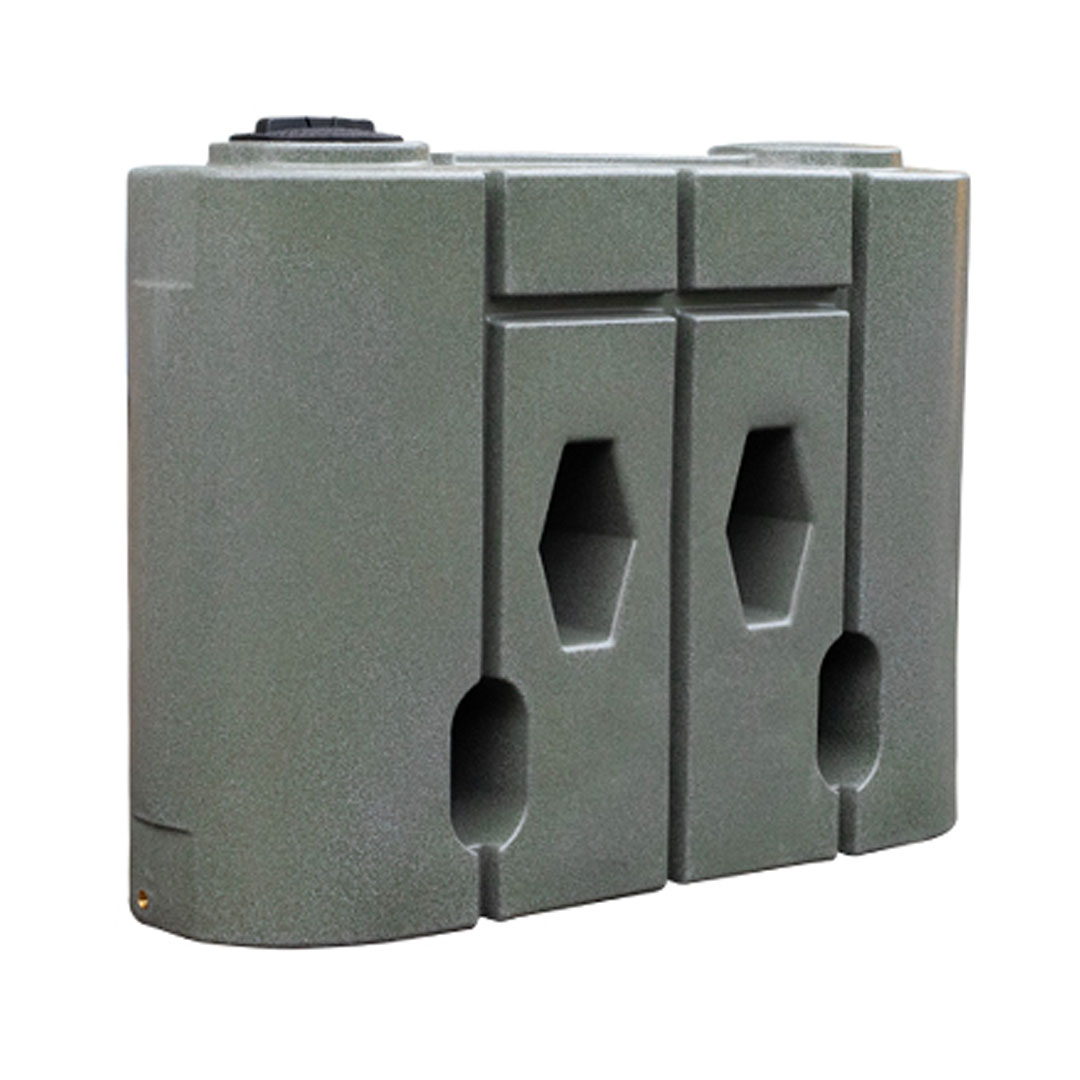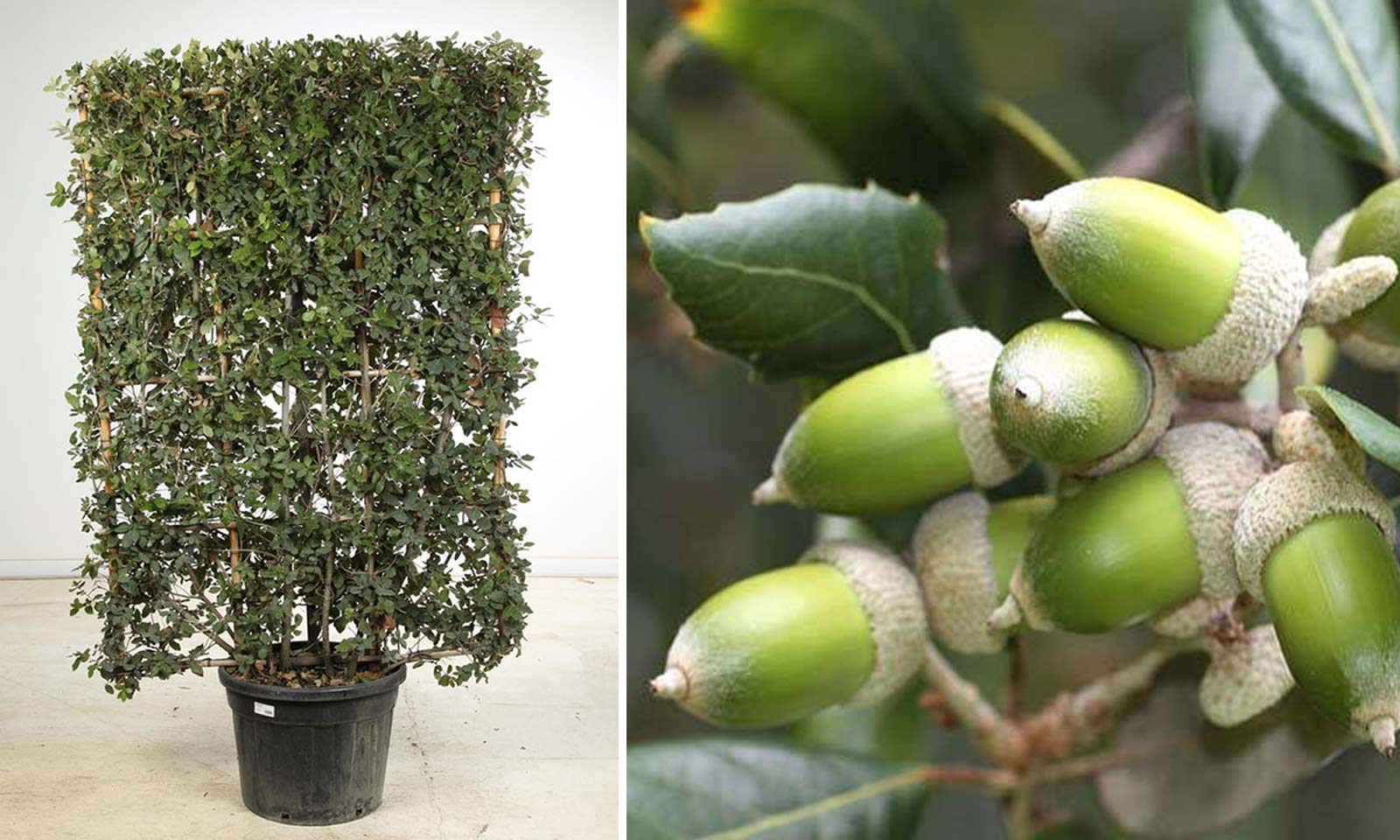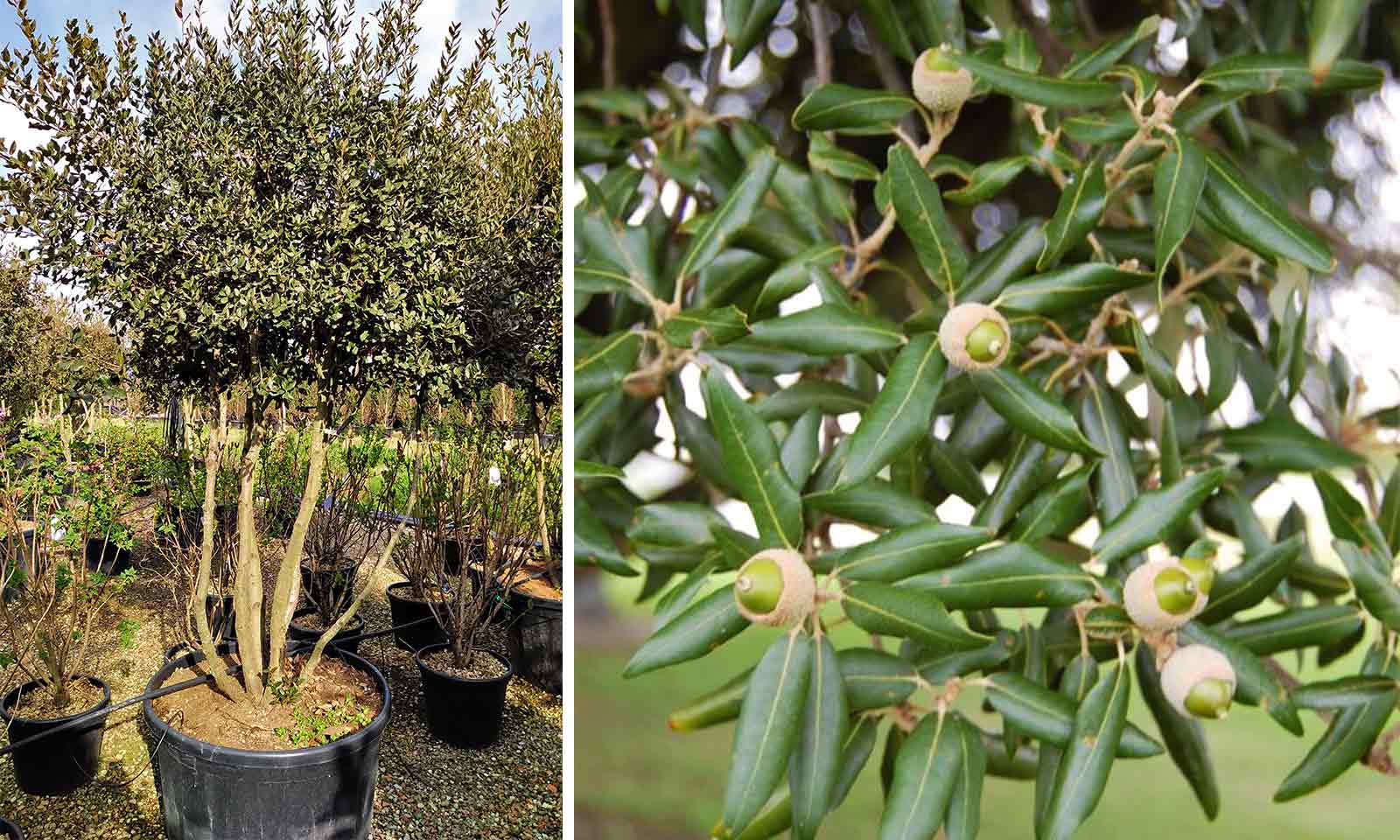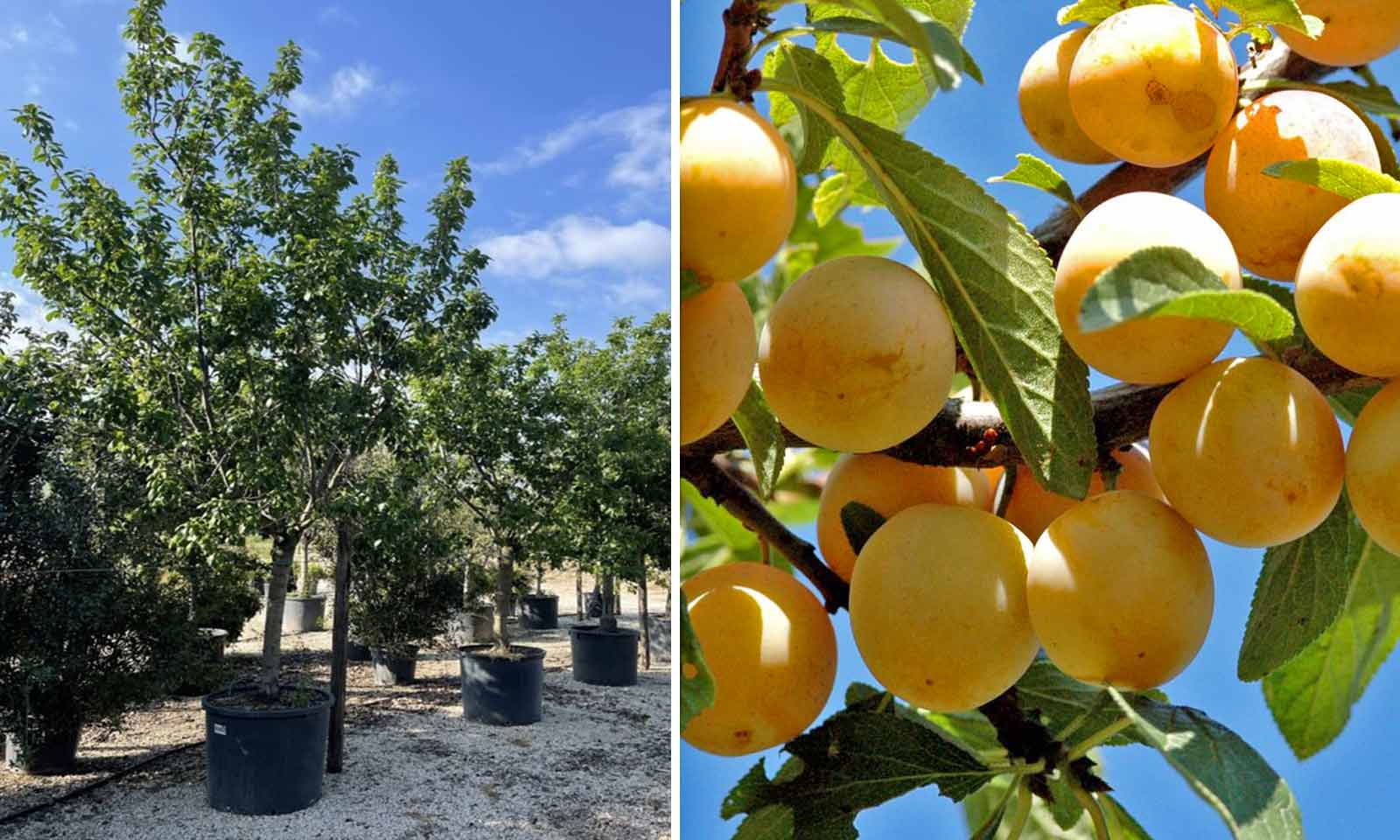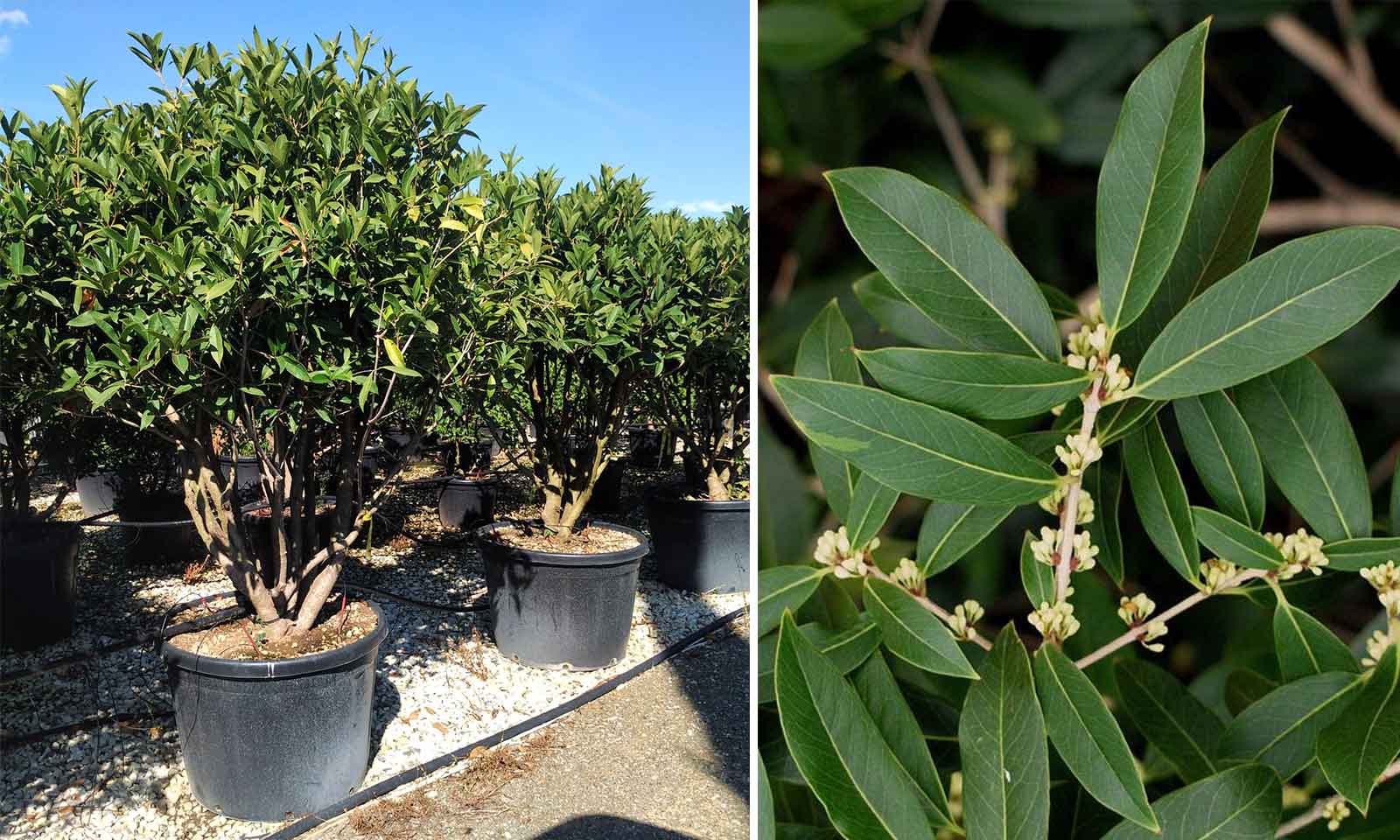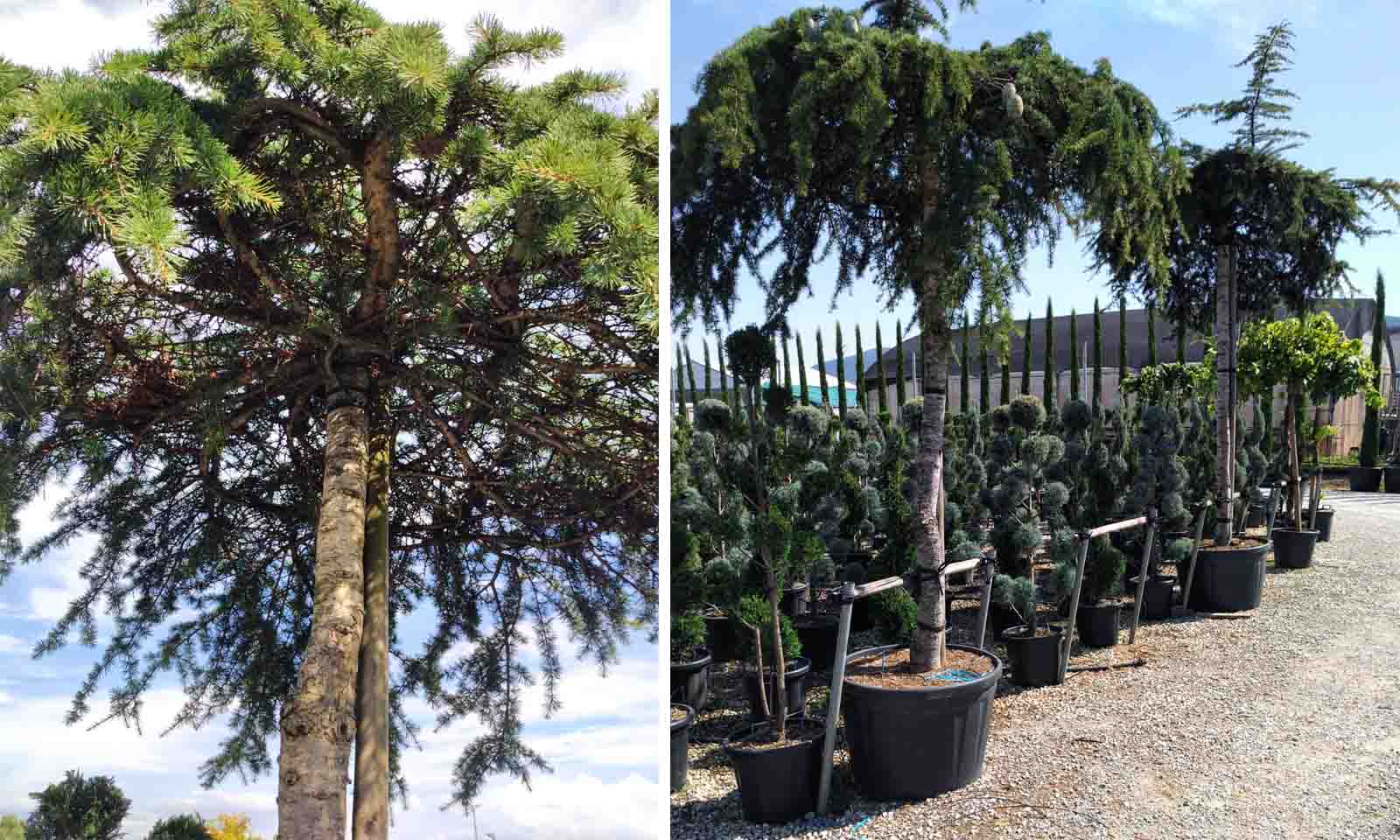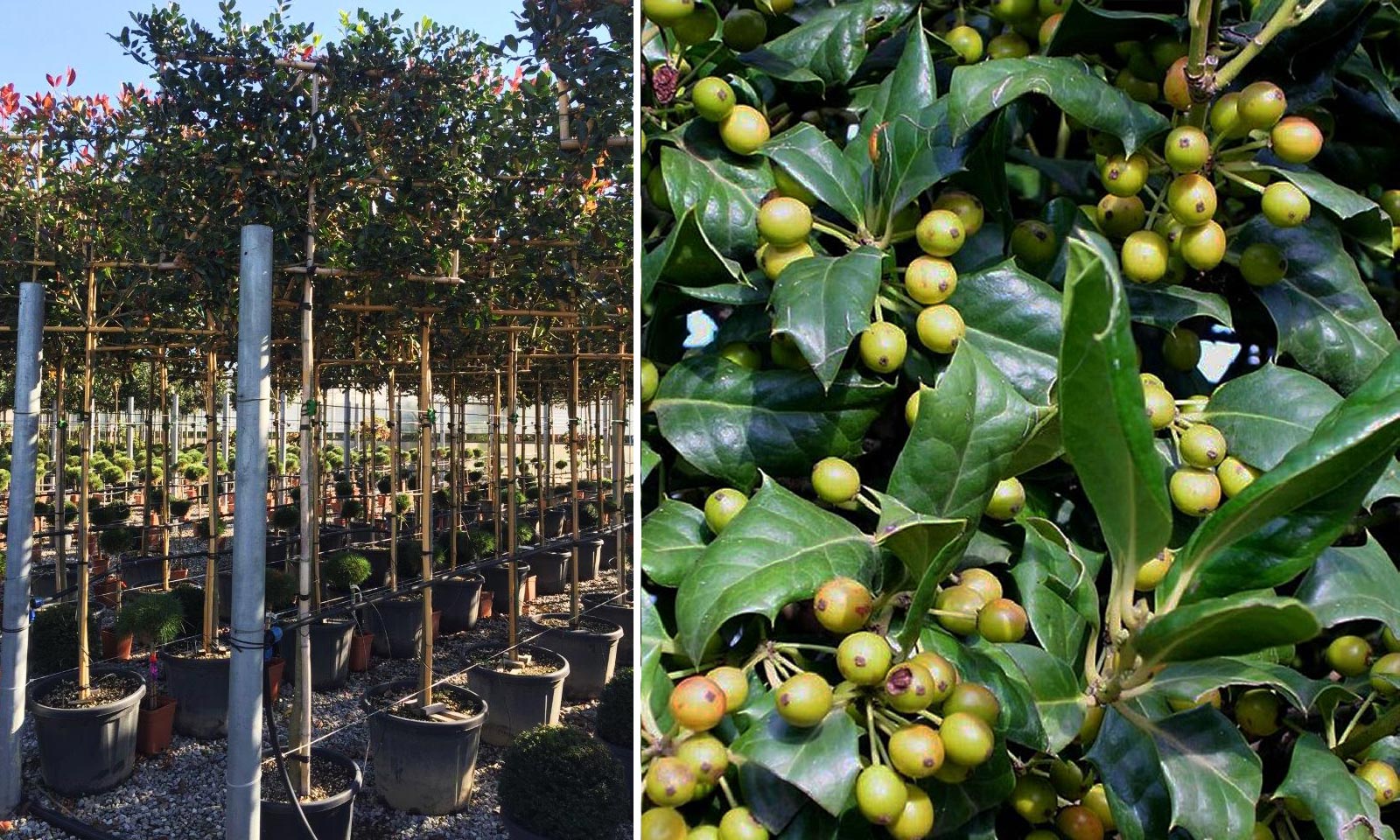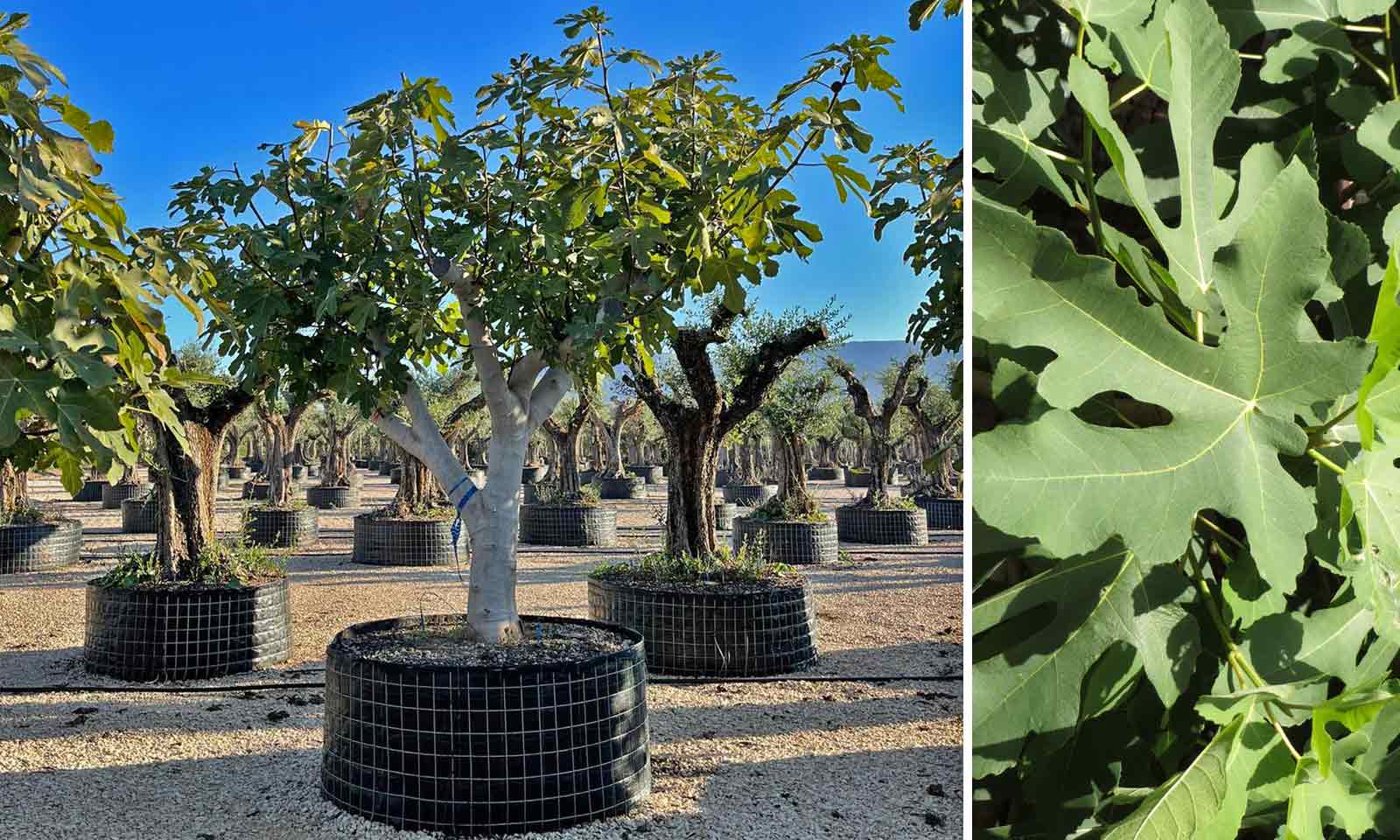Prunus domestica 'Mirabelle' - Half-Standard - Extra
Mirabelle Plum, also known as ‘Cherry Plum’ are a small, sweet plum popularly grown in the Lorraine region of France. Mirabelle is a vigorous growing deciduous tree, with dark green finely toothed oval leaves. Growing from 3-6 meters high, producing beautiful white flowers in spring with edible fruit ready to be harvested in late summer to early autumn.
Mirabelle trees are partially self-fertile, so do not require a companion variety to pollinate, and can produce fruit if planted alone. Because of their relatively compact size, Mirabelle trees are particularly suited to small gardens or patio gardens.
Product Dimensions
240 litre pot: trunk height 80 – 120 cm (2.6-3.9 ft), trunk girth 30 - 35 cm (0.9 – 1.1 ft), canopy app. 180 – 250 cm (5.9 – 8.2 ft), estimated tree height 300 - 400 cm (9.8 – 13.1 ft)
Other common names: damson bullace, damson bullace, Mirabelle
Synonyms: Prunus Domestica 'Mirabelle'Prunus Domestica subsp. Insititia
Family: Rosaceae
Genus: Prunus can be deciduous or evergreen trees or shrubs with showy flowers in spring, and often good autumn foliage colour. Some have edible fruit in autumn, and a few species have ornamental bark
Details: P. insititia makes a small, twiggy, occasionally spiny, deciduous tree. Small, white flowers appear in early spring, followed by rounded fruit which may be yellow, red, green or purple
Foliage Type: Deciduous
Foliage: Green
Flower: Pale Pink
Flowering Period: April-May
Suggested Location: Outdoor
Suggested Soil Type: Well-drained. Clay. Loam. Sand
Suggested Exposure to Sunlight: Full Sunlight
Suggested Exposure to Weather: Sheltered or Exposed
Hardiness Rating: High (H6)
Lowest Temperature Tolerance: -20 °C to -15 °C (-4 °F to 5 °F)
Suggested Uses: Small gardens. Parks or large gardens. Broad avenues. Planting on its own. Groups.
Maintenance: Grow in moderately fertile soil in full sun
Final Height: 4 m – 8 m (13.1 ft – 26.2 ft)
Final Sideways Spread: 2 m – 4 m (6.6 ft – 13.1 ft)
Delivery Cost: This is calculated based on the total size, weight and quantity of your order, as well as the location of your delivery address. You will see the final price at the Online Checkout Page (before making payment). Our website will automatically calculate the lowest possible delivery price and apply discounts to orders of certain products – giving you the best value delivery every time. Please note that high-volume orders will decrease your delivery costs significantly by spreading the price across multiple items. Visit our Delivery Policy page for more information.
